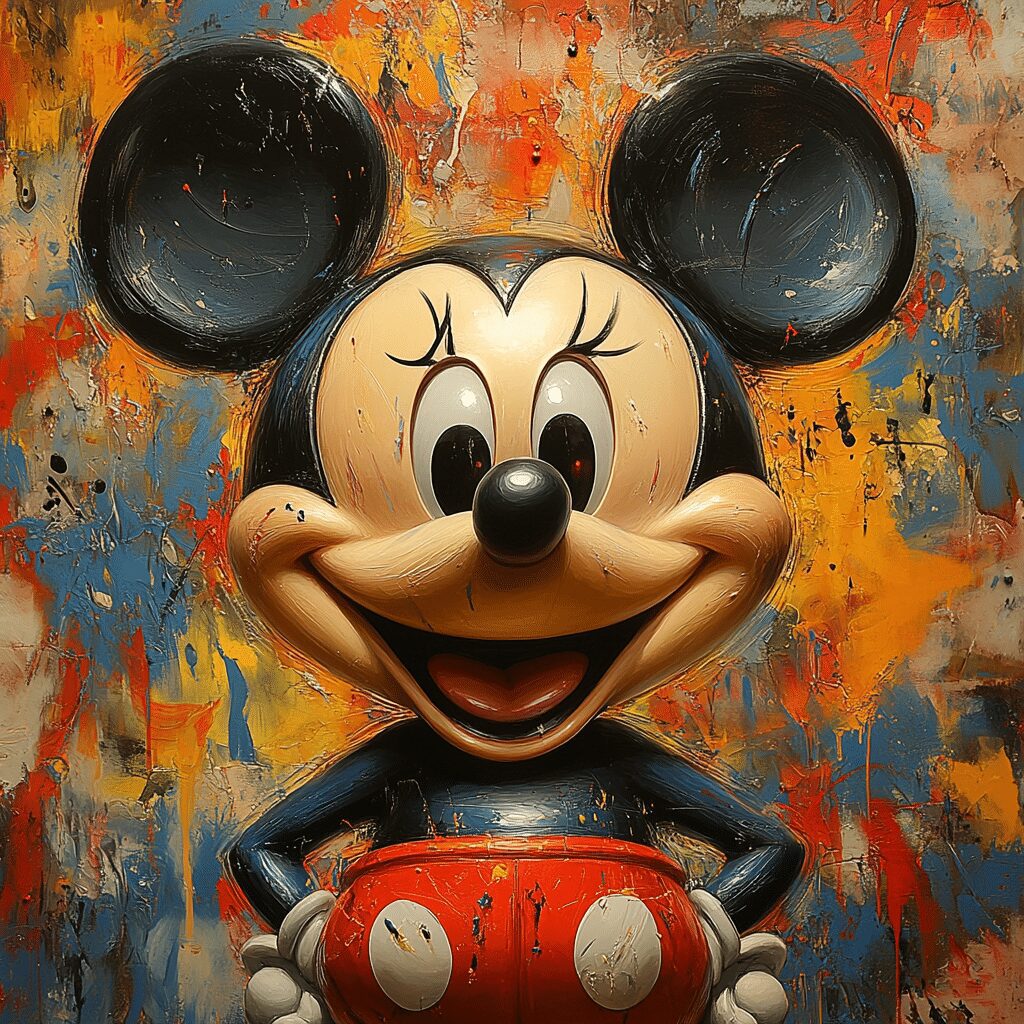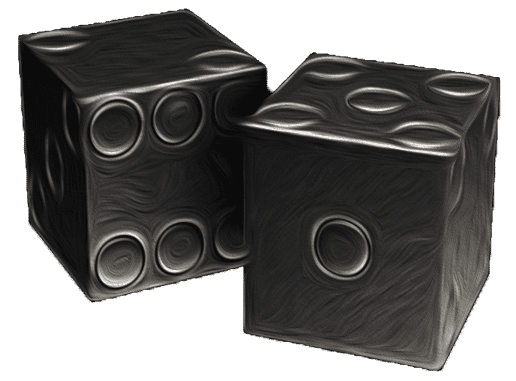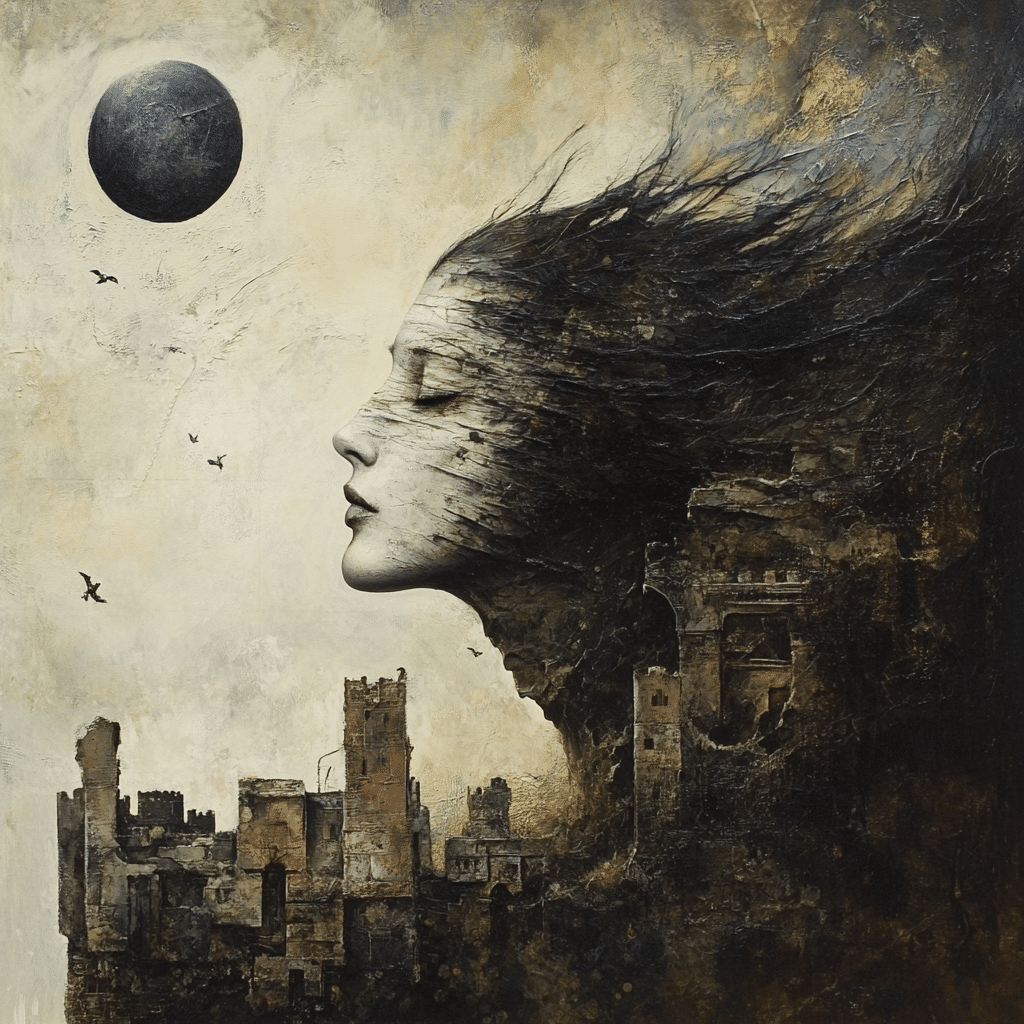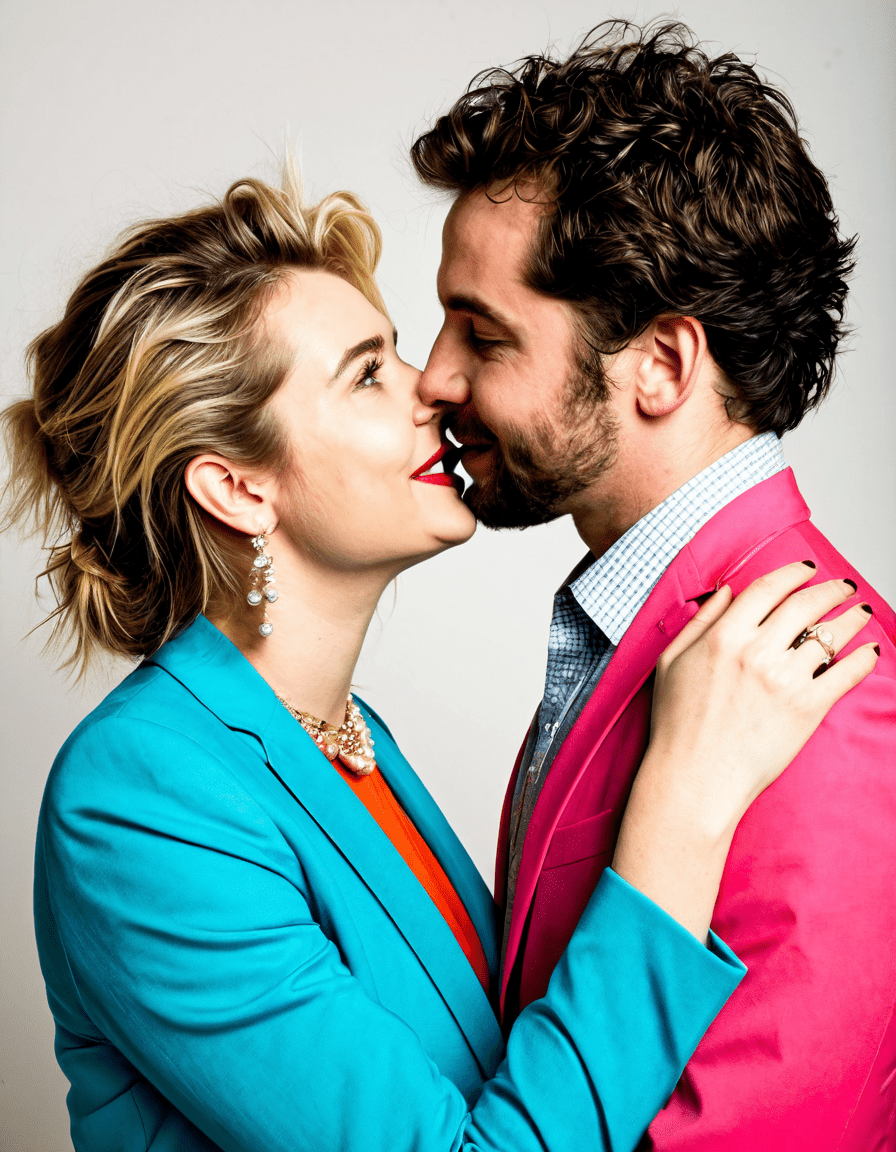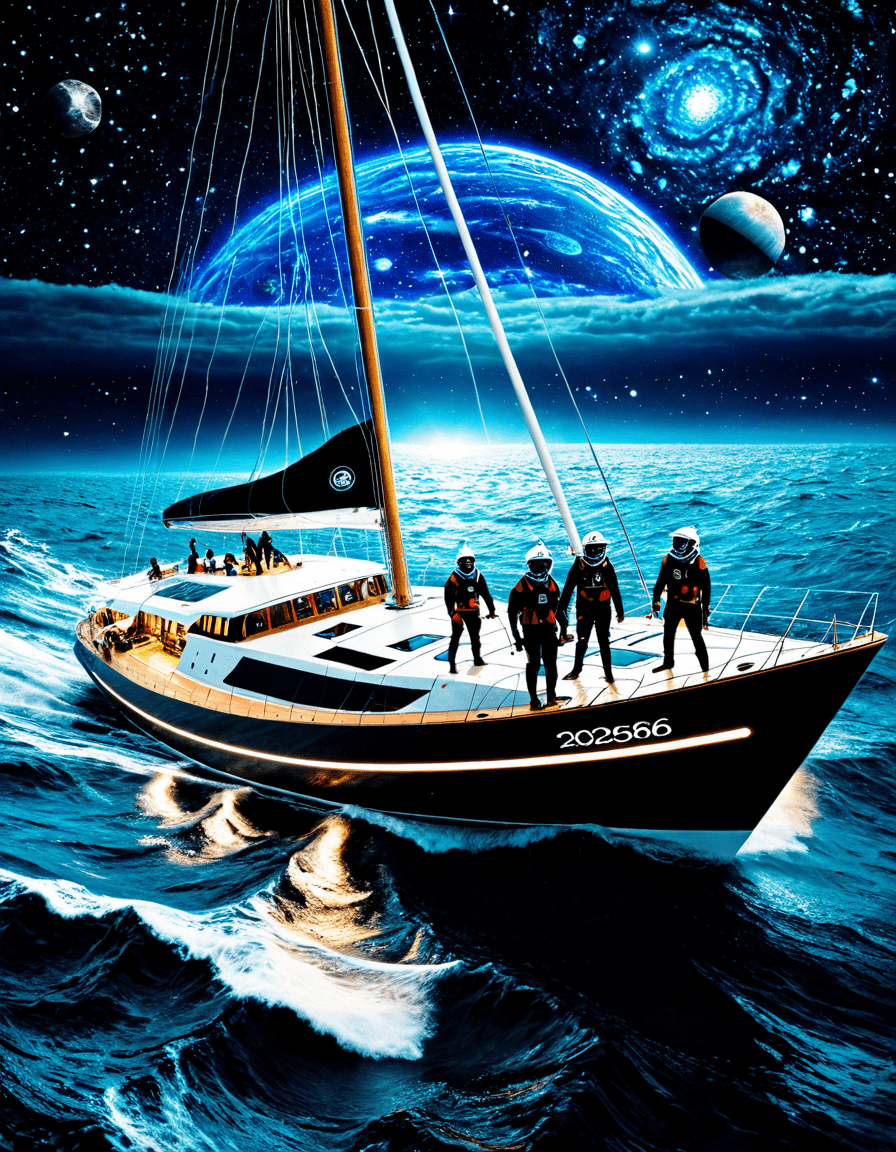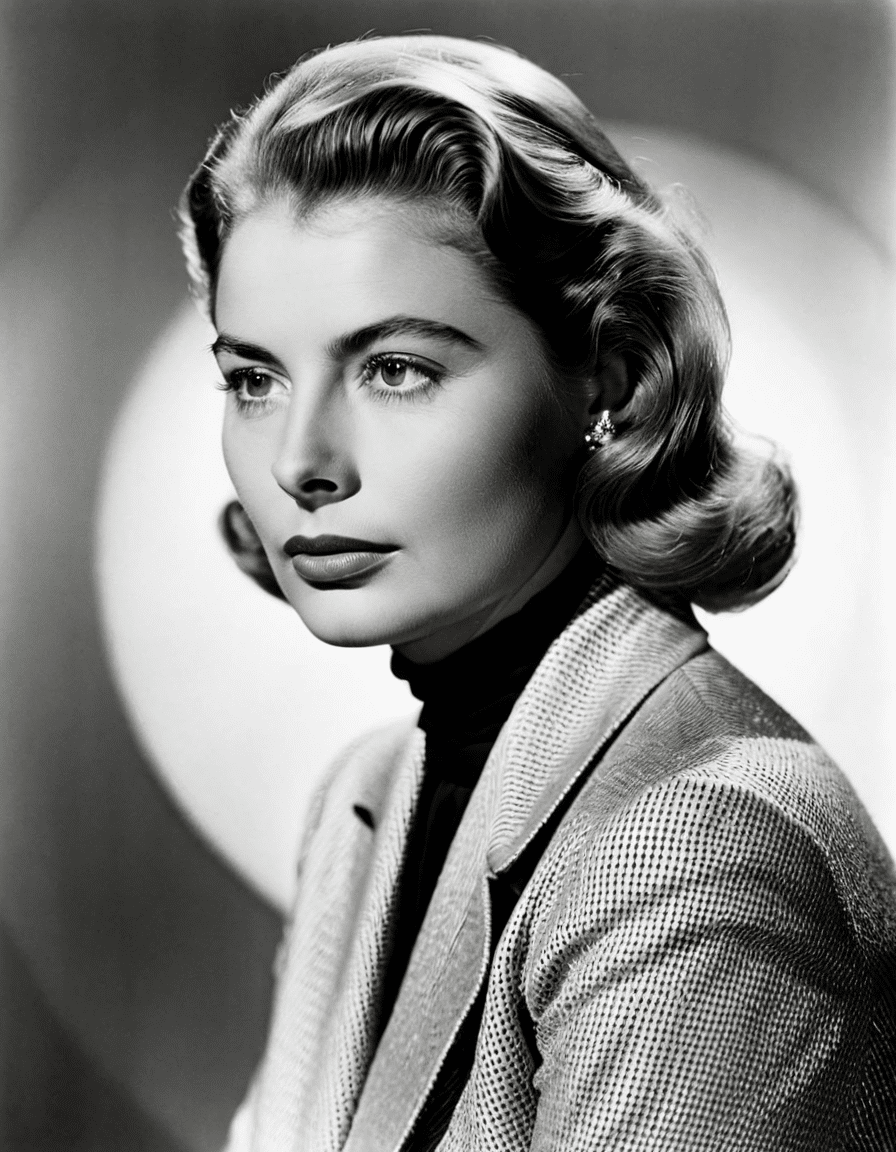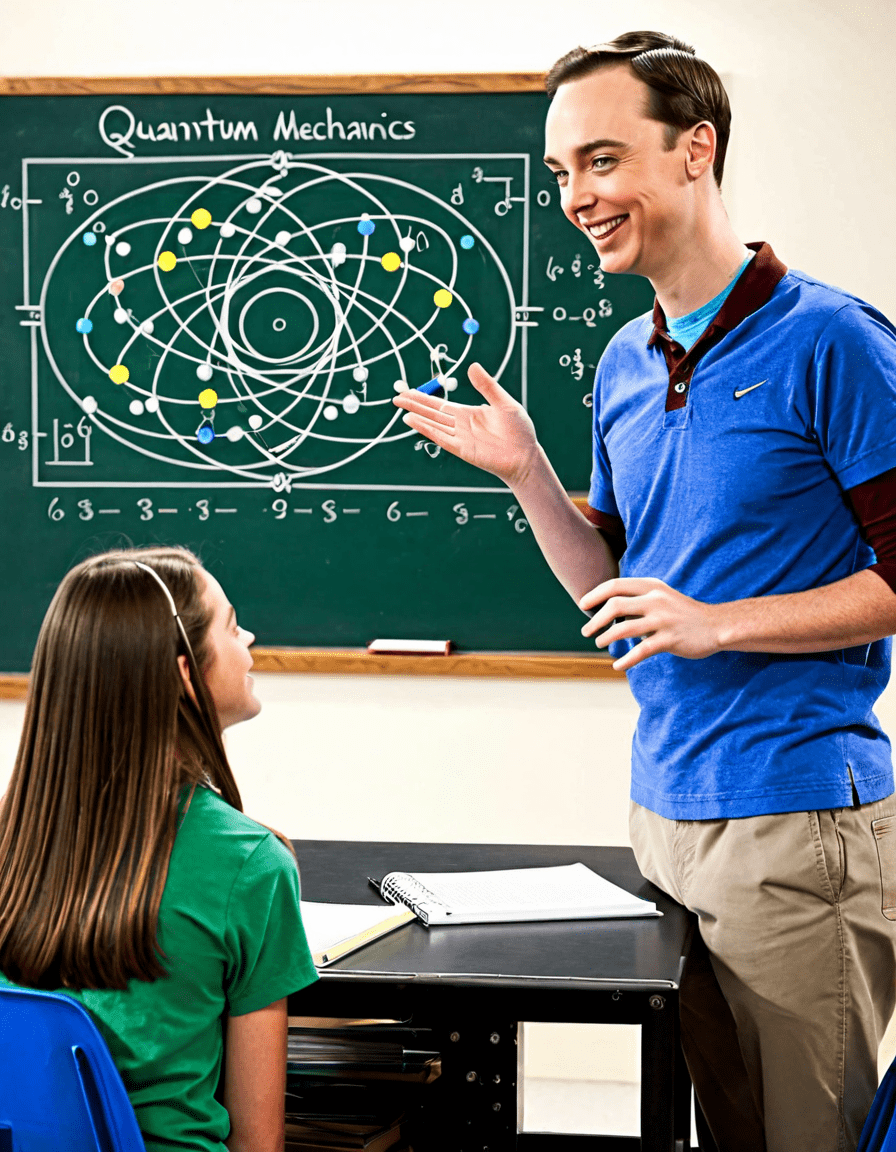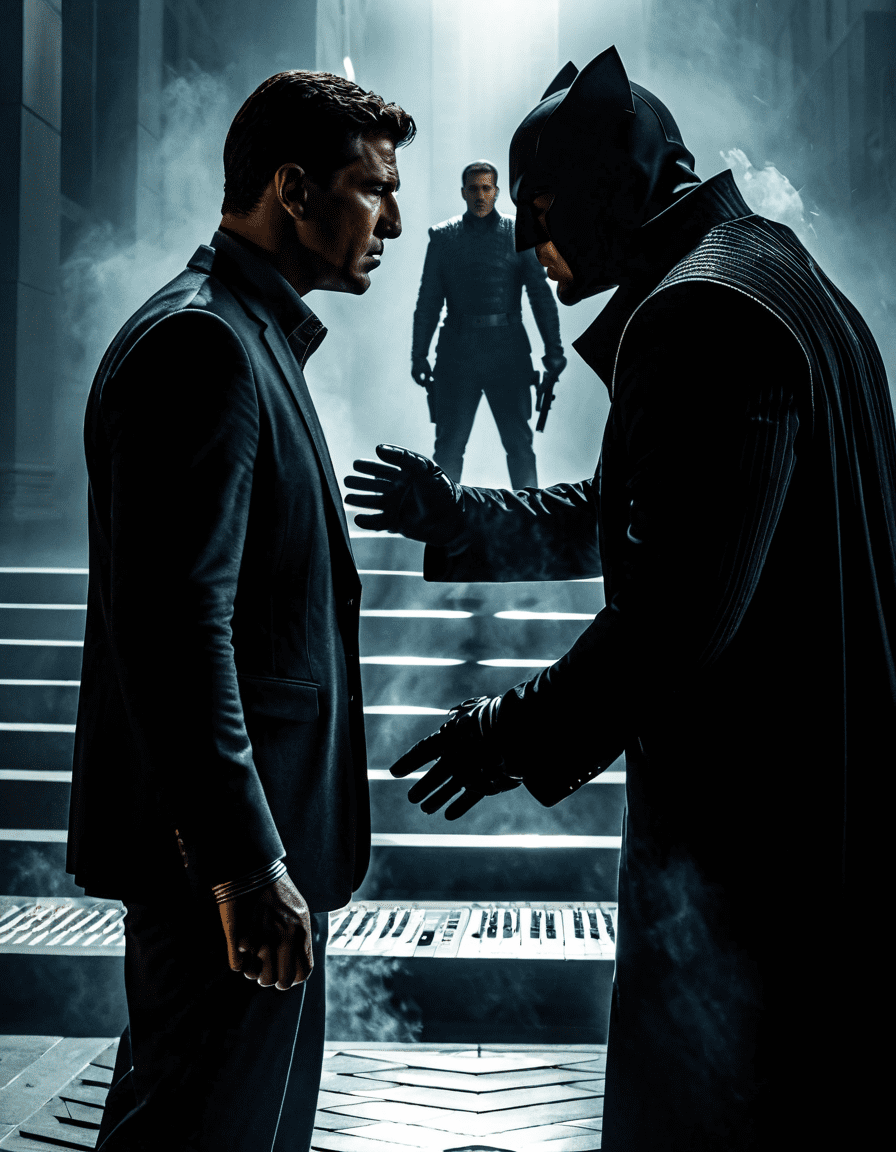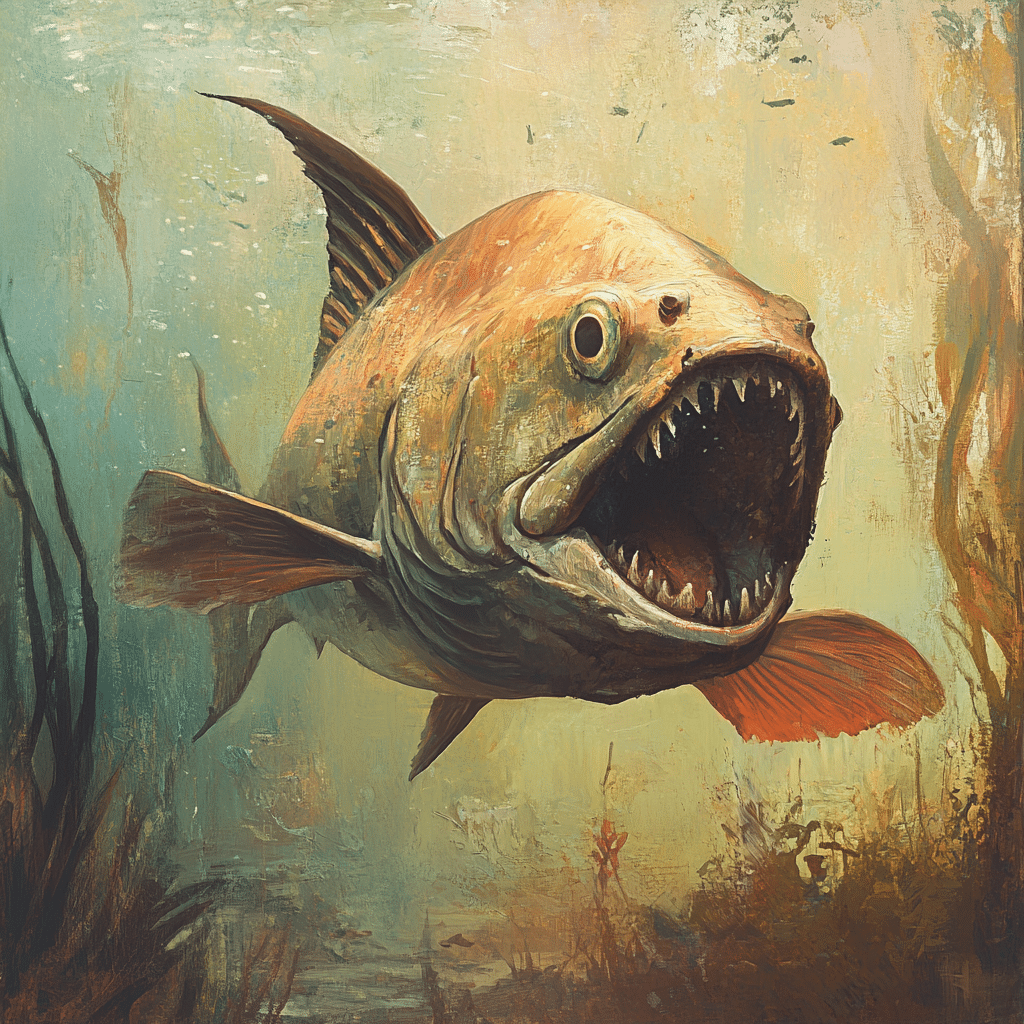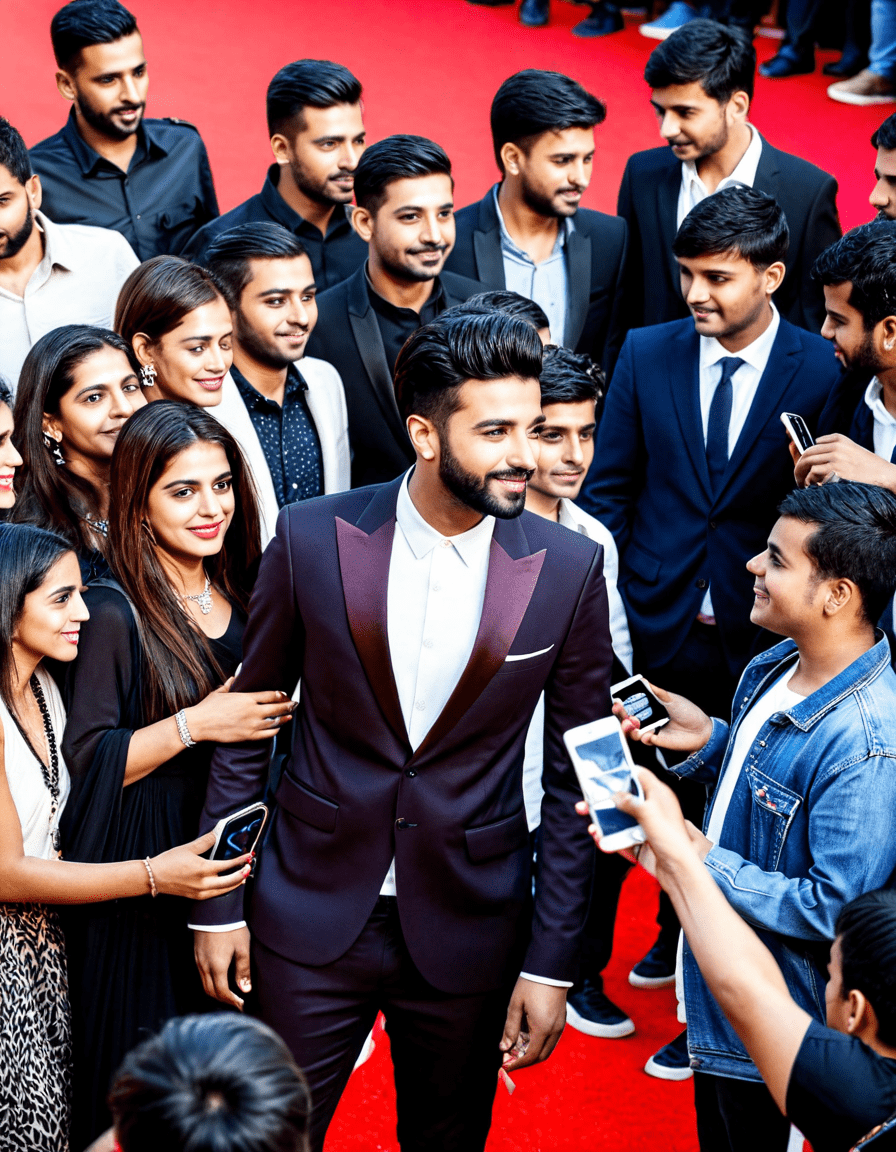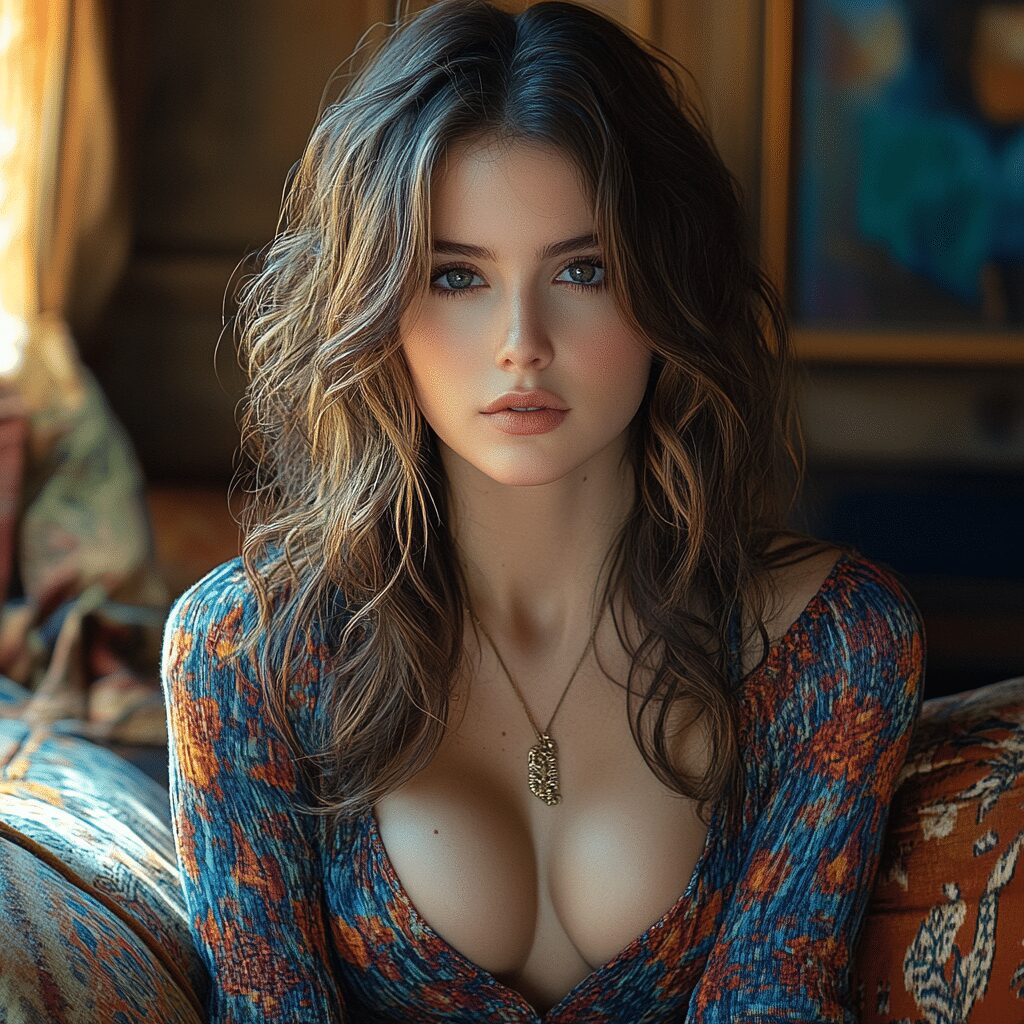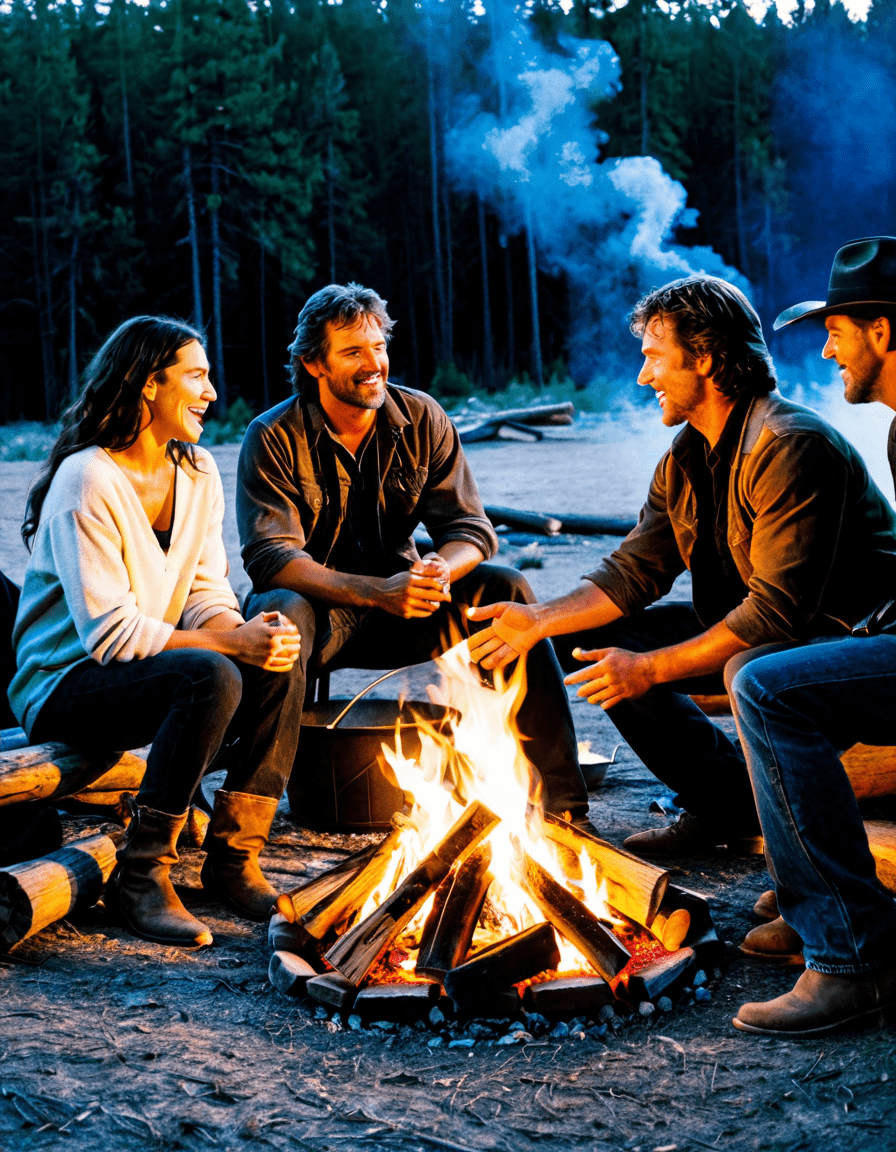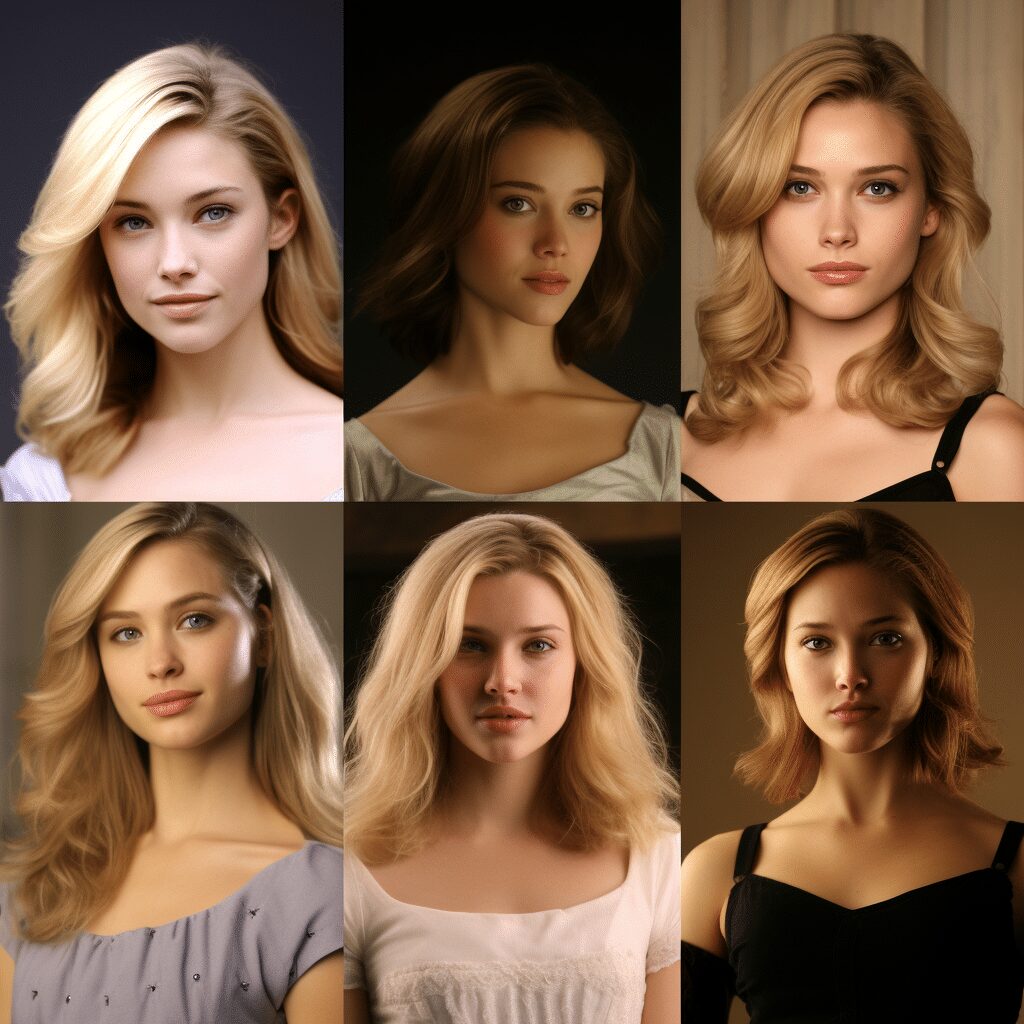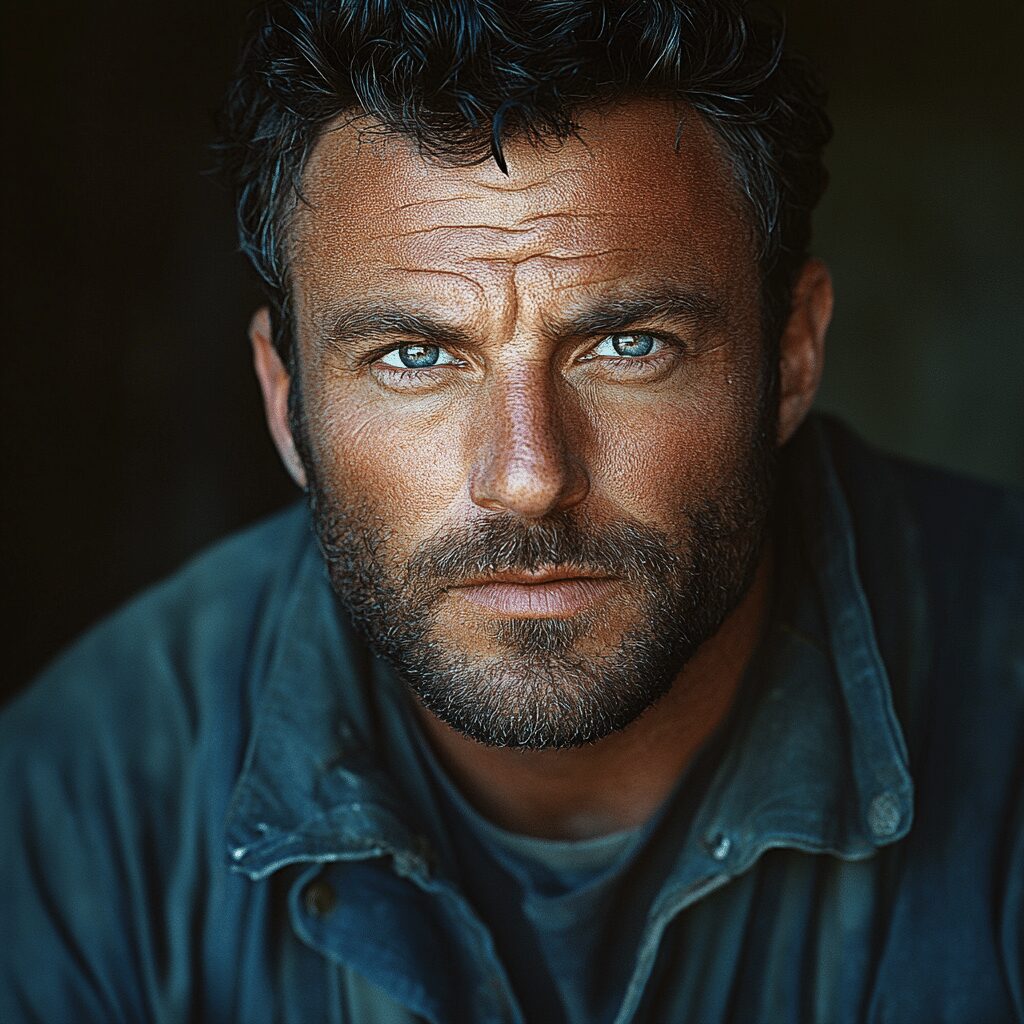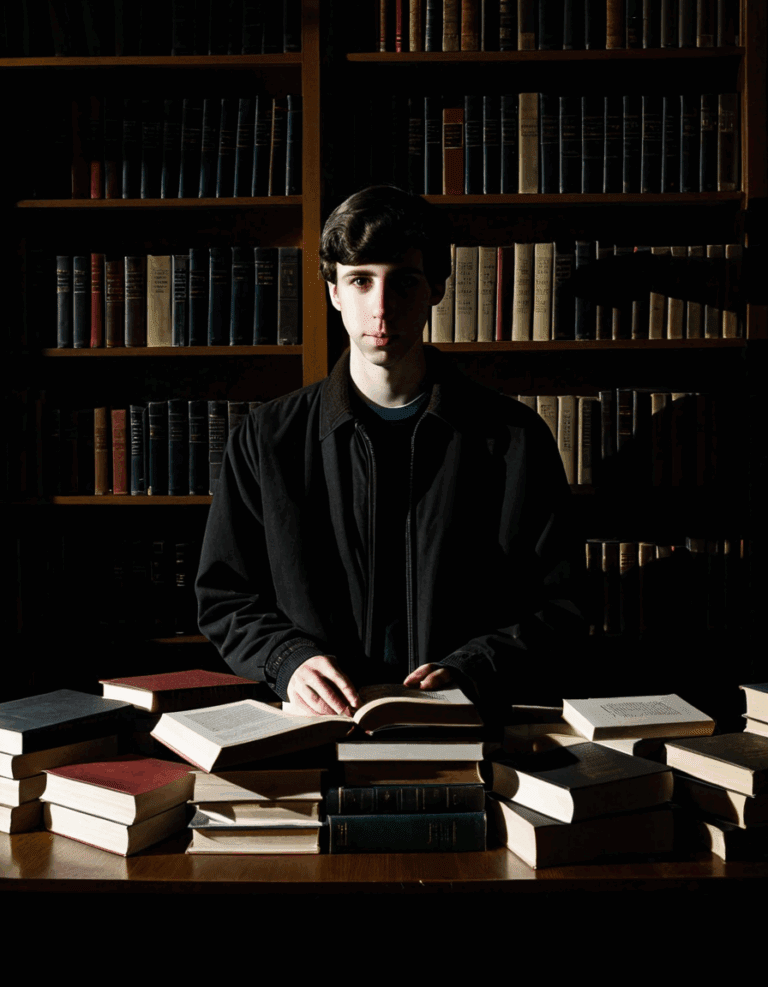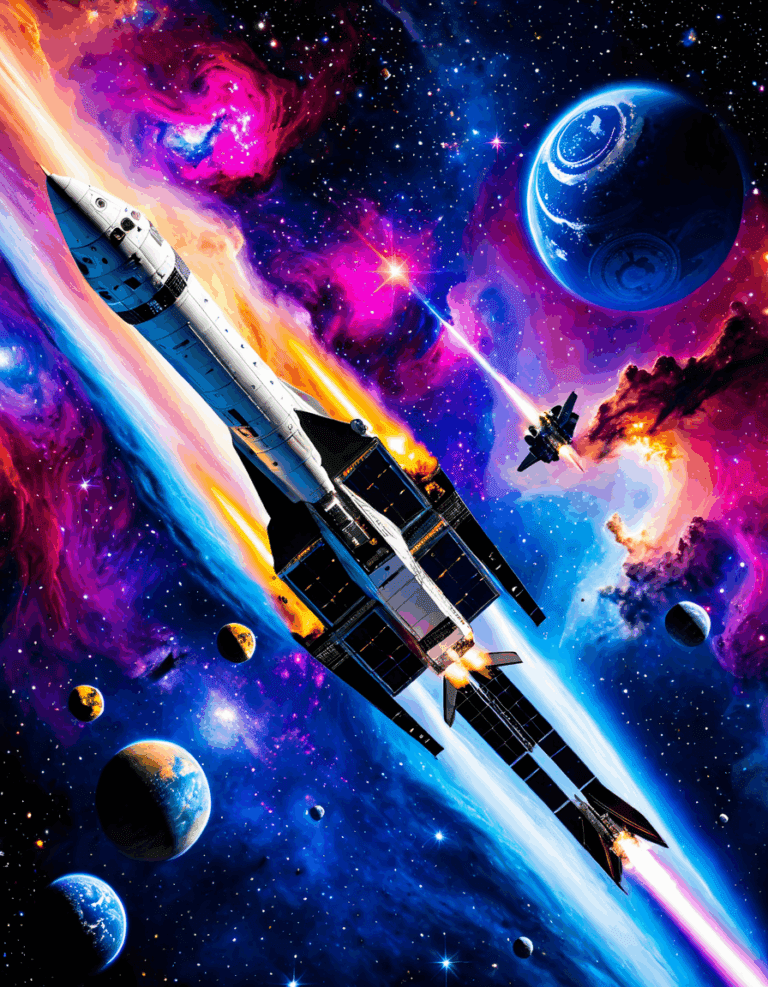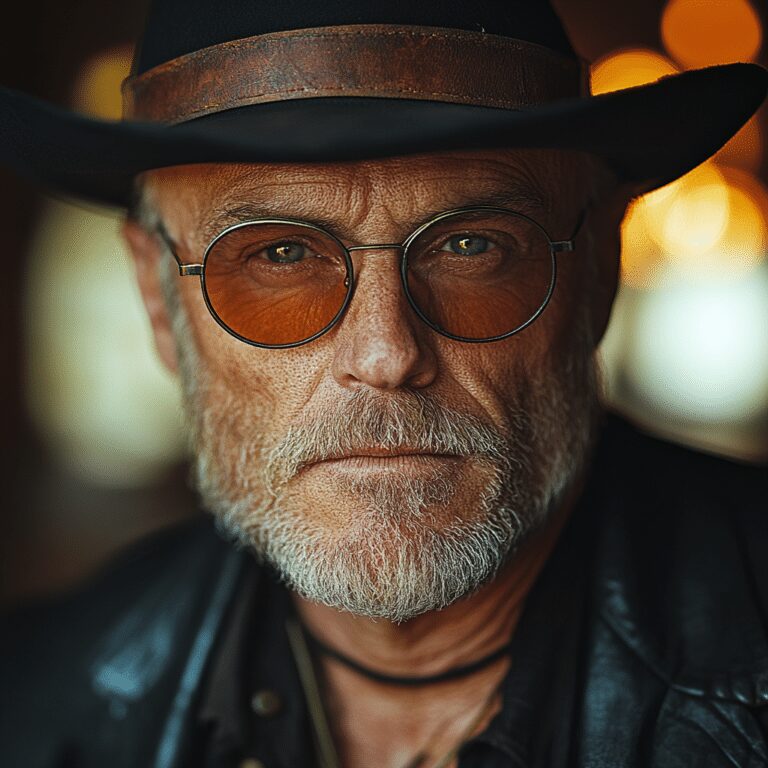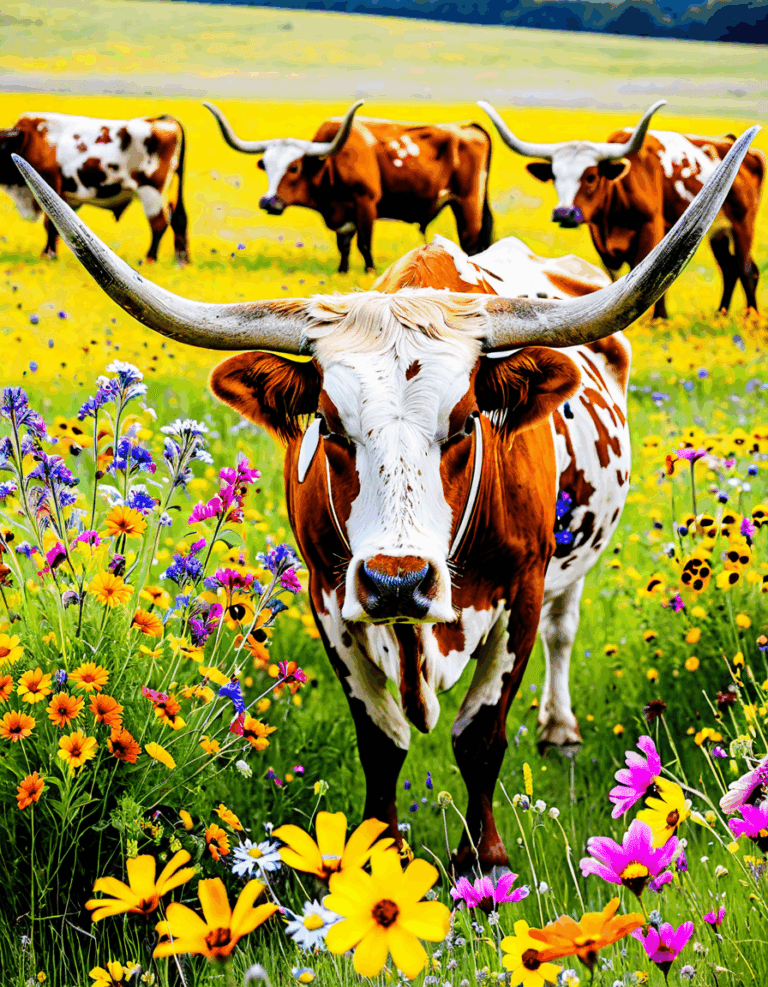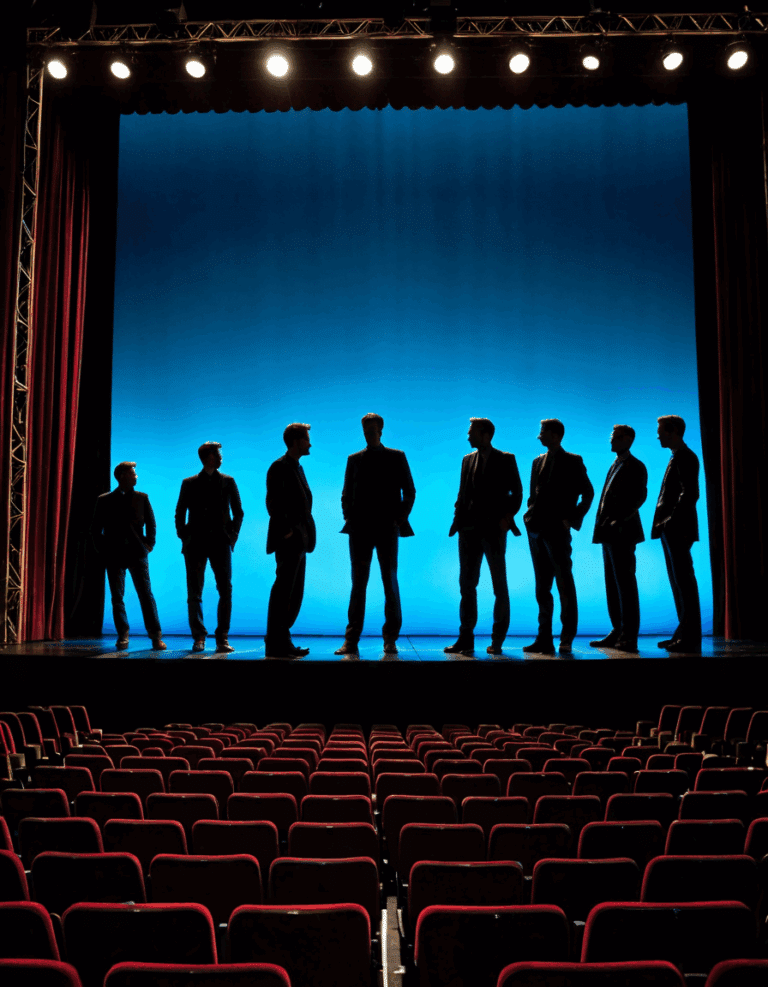In the annals of animation, few films have had the lasting cultural impact of “Who Framed Roger Rabbit.” Released in 1988, this groundbreaking feature not only blurred the line between live-action and animation but also set the stage for future crossovers within the industry. Today, we’re diving into the film’s innovative techniques and its enduring legacy in animation.
“Who Framed Roger Rabbit” remains a quintessential example of creativity, establishing long-lasting benchmarks. It took something magical—cartoon characters interacting with real people—and turned it into a box office smash. Who knew animated antics could mix so well with noir mystery? Fast-paced laughs, witty dialogue, and memorable characters came together to create an experience that audiences still cherish today. Plus, it made the likes of Mickey Mouse and Looney Tunes characters even more iconic. Let’s stroll down memory lane and explore some groundbreaking animation techniques that made this film a game-changer.
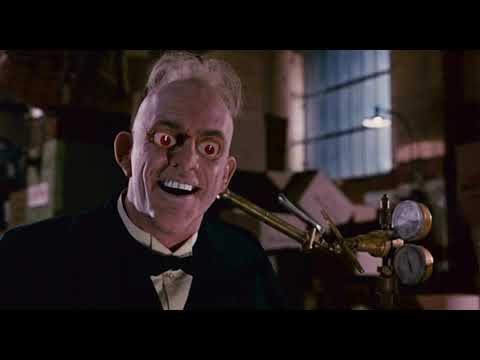
7 Groundbreaking Animation Techniques in Who Framed Roger Rabbit
“Who Framed Roger Rabbit” revolutionized animation through various innovative techniques that transformed animated storytelling forever. Buckle up as we dive into seven remarkable aspects of its animation magic:
One of the most significant achievements of “Who Framed Roger Rabbit” was its seamless blend of live-action and animation. The film’s visual effects team, led by Robert Zemeckis, matched animated characters like Roger Rabbit and Jessica Rabbit with their human counterparts, creating believable interactions. Remember the car chase with Roger, Eddie Valiant, and those pesky weasels? Moments like these set a precedent for future films, such as “Space Jam,” showing animated characters could really coexist with humans.
In a groundbreaking moment for animation, “Who Framed Roger Rabbit” pooled iconic characters from various studios, featuring a mix of Disney’s beloved roster and Warner Bros’ Looney Tunes characters like Bugs Bunny and Daffy Duck. It’s hard to forget that classic scene where Mickey Mouse and Bugs Bunny shared the screen for the first time. This collaboration over competition proved that animation could unite rather than divide—an idea that paves the way for future projects.
The film employed a striking color palette, with vibrant animations set against a muted live-action backdrop. This dynamic separation made animated characters pop while adding depth to the story. It’s a technique we’ve seen in films from “The Incredibles” to “Into the Spider-Verse.” It shows how essential color can be in reinforcing mood and elevating storytelling; it’s like giving animated characters their own personal spotlight!
Rotoscoping was a critical animation technique in “Who Framed Roger Rabbit,” allowing animators to trace over live-action footage for realistic movements. Can you believe animated characters moving as fluidly as Roger and Jessica could? This technique influenced everything from “The Legend of Korra” to modern animation, showing filmmakers how vital motion consistency is for character believability.
Stellar voice performances by the legendary Bob Hoskins and Charles Fleischer brought life and dimension to animated characters. The remarkable interplay between animated voices and live actors changed the spotlight on voice acting. This trend led to further exploration with notable talents in films like Pixar’s “Finding Nemo” and Disney’s “Zootopia.” These films highlighted that great voice acting adds a rich layer to animated stories.
Unlike many animated films of its time, “Who Framed Roger Rabbit” incorporated mature themes and humor that appealed to adult audiences. It cleverly interwove a film noir narrative with slapstick comedy, proving animation need not be just for kids. The lessons of this film paved the way for flicks like “The Simpsons Movie” and “Shrek,” promoting a broader spectrum of storytelling possibilities.
The enduring legacy of “Who Framed Roger Rabbit” can be seen in many animation projects that followed, such as “Cool World” and the revival of “The Looney Tunes Show.” These works drew inspiration from its playful yet sophisticated integration of animation and live-action, showcasing how this film forever altered the landscape of animation.
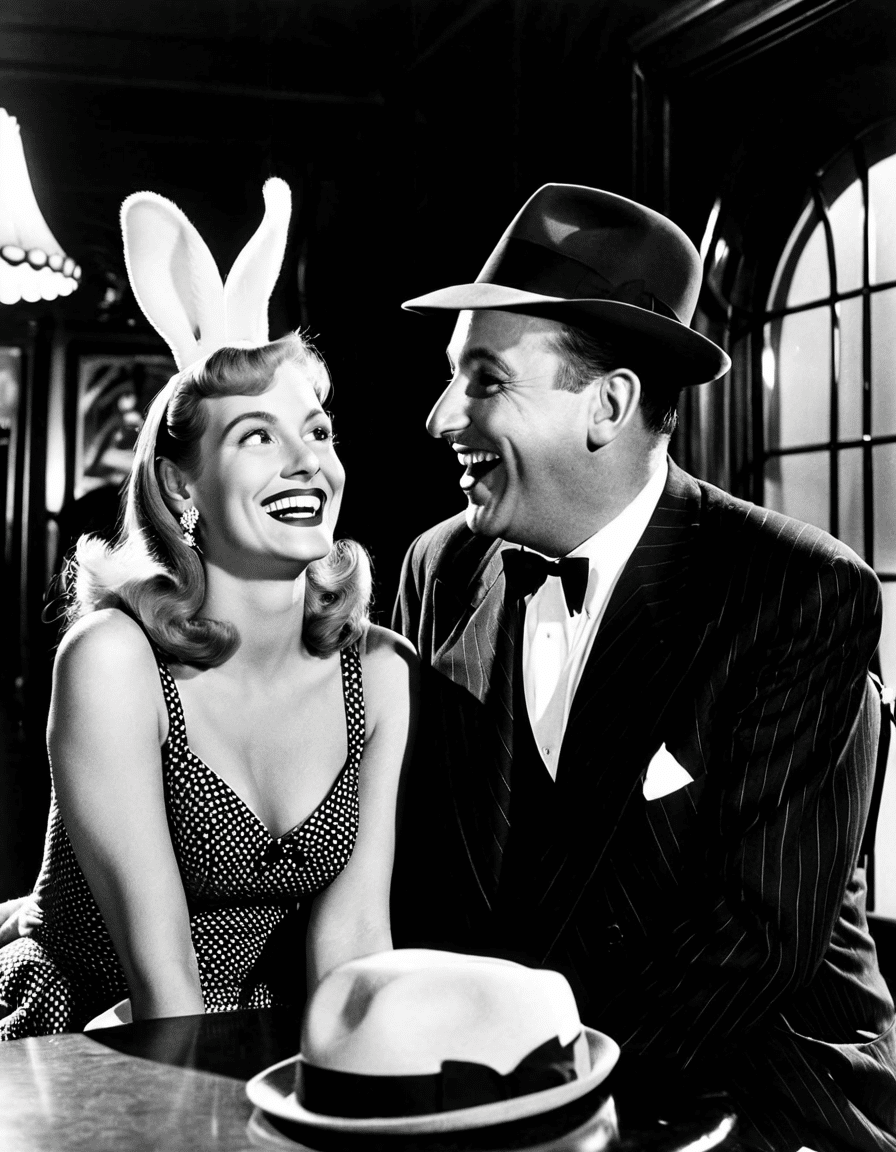
The Enduring Legacy of Looney Tunes and Mickey Mouse
The success of “Who Framed Roger Rabbit” echoed beyond its initial release, influencing how iconic characters like Looney Tunes and Mickey Mouse are portrayed today. The film showcased how established characters could evolve within new narratives. Every time we see those characters pop up in different roles, we owe a big nod to the creative groundwork laid by Roger, Eddie, and the gang!
Moreover, its innovative animation raised the standard for future collaborations. When studios work together, magical results happen. The film serves as a reminder that when creativity collaborates, we can capture both nostalgic hearts and new admirers.
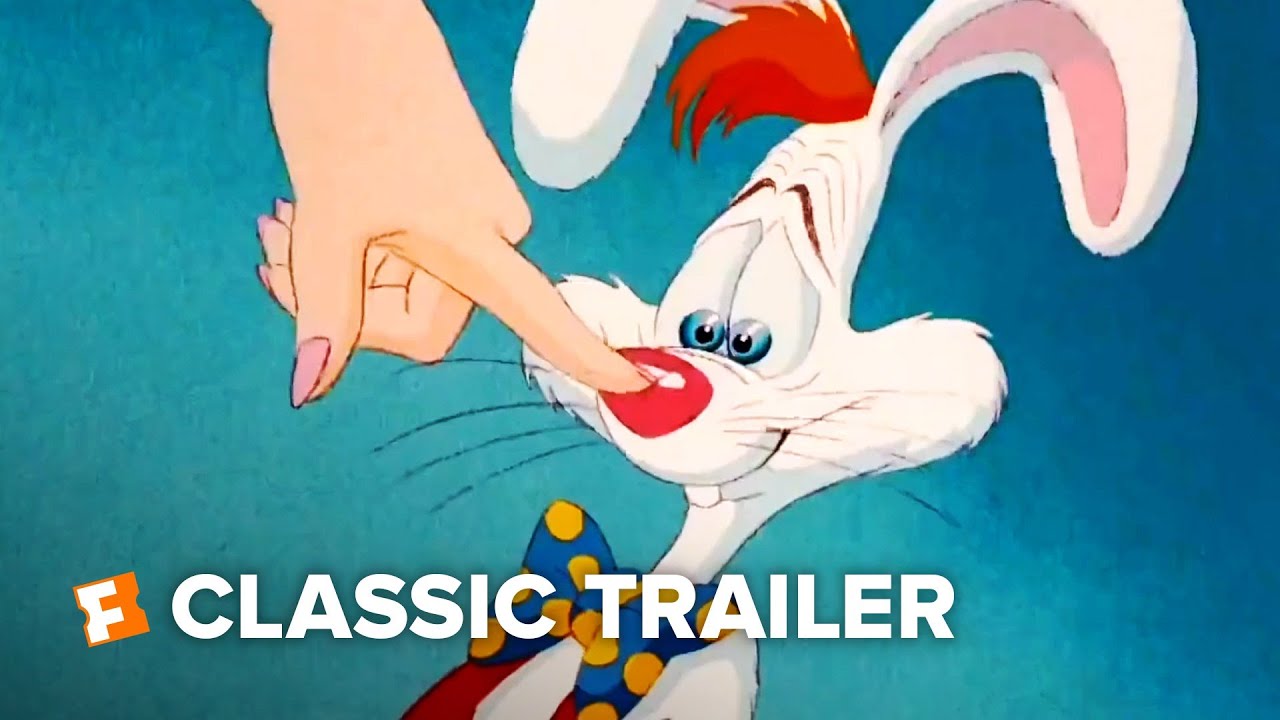
Animation Magic That Shaped Cinema
As we look back from 2026, it’s clear that “Who Framed Roger Rabbit” reshaped the animated landscape, paving the way for generations of filmmakers to come. The film didn’t merely promote animation; it enveloped animated characters into the fabric of cinema, showcasing their intrinsic value while pushing creative boundaries. The blend of heartfelt storytelling and dazzling visuals created a cultural phenomenon that continues to resonate today—a true testament to the enduring magic of animation.
So, whether you’re chuckling at Roger Rabbit’s antics or reminiscing about Jessica’s sultry allure, one thing’s for sure: “Who Framed Roger Rabbit” gave us more than just a film; it kickstarted an era of animation that still lives on today. And when it comes to iconic animated moments, this whimsical classic proves it’ll always hold a special place in our hearts!

Who Framed Roger Rabbit: Groundbreaking Animation Magic
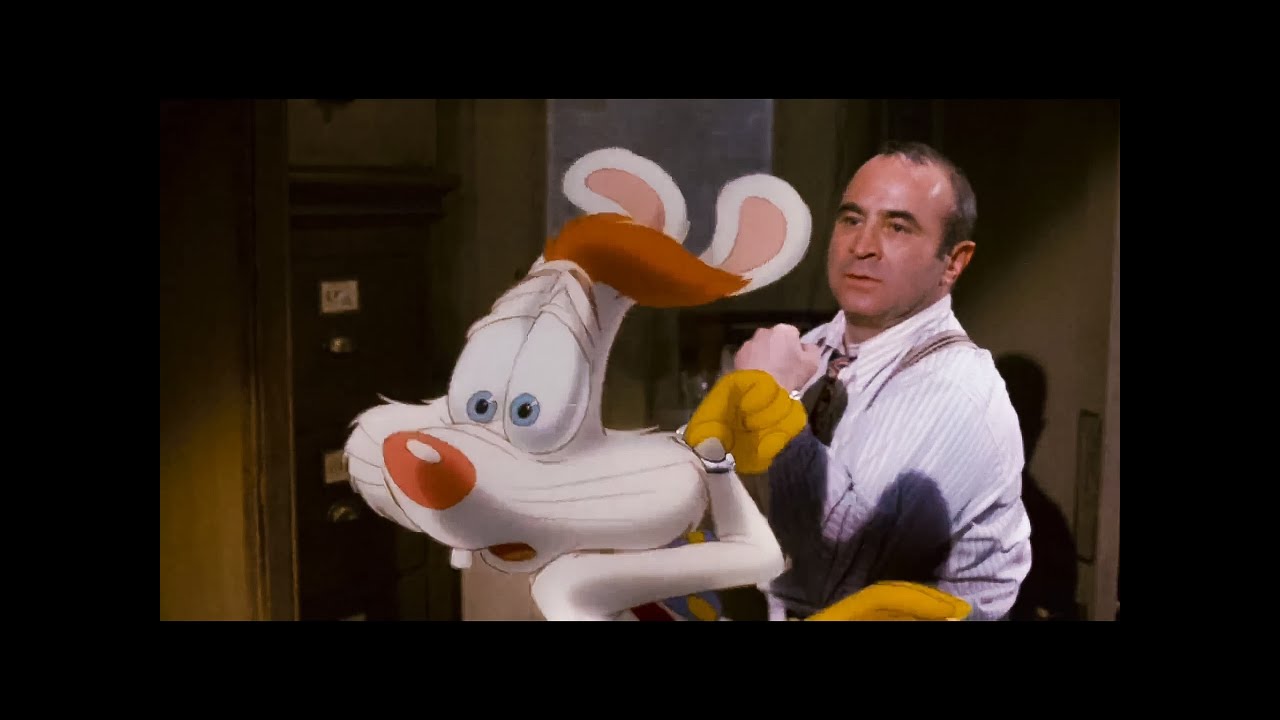
A Revolution in Animation
When we talk about Who Framed Roger Rabbit, we’re diving into a film that flipped the script on animation. Released in 1988, it didn’t just feature animated characters; it blended live-action and animation in a way that had never been seen before. This pioneering film laid the groundwork for future movies that wanted to mix these mediums, paving the way for modern hits. Just think about how seamless transitions have become in projects, like the one currently ballyhooed with the cast Of Here 2025 film.
But here’s a fun twist: the idea of combining animated characters with live actors isn’t entirely new. In fact, earlier films like Congo dabbled in interesting intersections of real and animated worlds, but none did it quite like Roger Rabbit. The film showcased iconic cartoon characters like Mickey Mouse and Bugs Bunny sharing screen time. That spirit of collaboration was groundbreaking and remains a hot topic even decades later, influencing everything from how we view animation today to larger discussions in cinema.
Behind the Scenes Secrets
Did you know that animators had to carefully track actor movements to ensure the animated characters matched the live-action perfectly? This crazy level of detail involved actors like Bob Hoskins acting out against nothing but blue screens—and later, those hand-drawn rabbits and ducks came to life. Speaking of ducks, Who Framed Roger Rabbit had to contend with backlash after the infamous 1986 release of Howard The Duck, which was, let’s say, less than successful. However, Roger proved that humor and creativity could win out in the end.
And speaking of stars, the film also featured a wild cast of voice talent. In an unexpected turn, it brought Roger Rabbit into heated rivalry with real-life actors, blending personalities in a way that’s still talked about today. The film’s themes of acceptance and the quest for belonging resonate with fans, much like the buzz around pop icons and their unexpected collaborations, such as Post Malone’s surprisingly fresh take on a country song.
The Cultural Impact
The cultural impact of Who Framed Roger Rabbit is undeniable, influencing everything from theme parks to merchandise. It even made people look at animation with fresh eyes, offering a peek into how animation can elevate storytelling. Just like how games have built rich experiences, such as those produced by companies like Atari, Roger Rabbit showcased an enriching viewpoint that audiences hadn’t experienced before.
Moreover, Rita Wilson has often shared anecdotes about how animation has entertained hearts and minds, reflecting how versatile storytelling can be. The film continues to hold a special place in the hearts of moviegoers. Each viewing serves as a reminder that the animation landscape isn’t stagnant; much like how bentonite clay has versatile uses in health and wellness, the techniques introduced in Who Framed Roger Rabbit have influenced a myriad of other animated features since.
In essence, Who Framed Roger Rabbit is not just a film; it’s a legacy that transformed the animation industry, and its magic continues to inspire generations. Plus, for those who think it’s all fun and games, it’s worth noting that many of the cast members had to jump into intense choreography post production, like during sessions for shoulder replacement surgery, adding a comedic layer to an already extraordinary tale!
